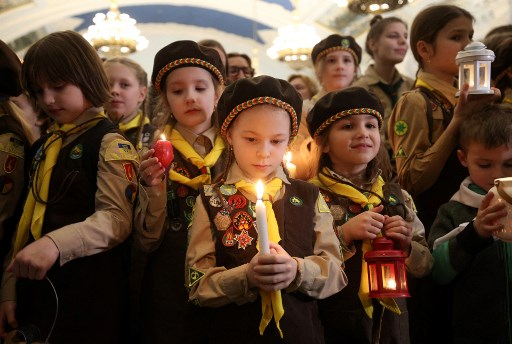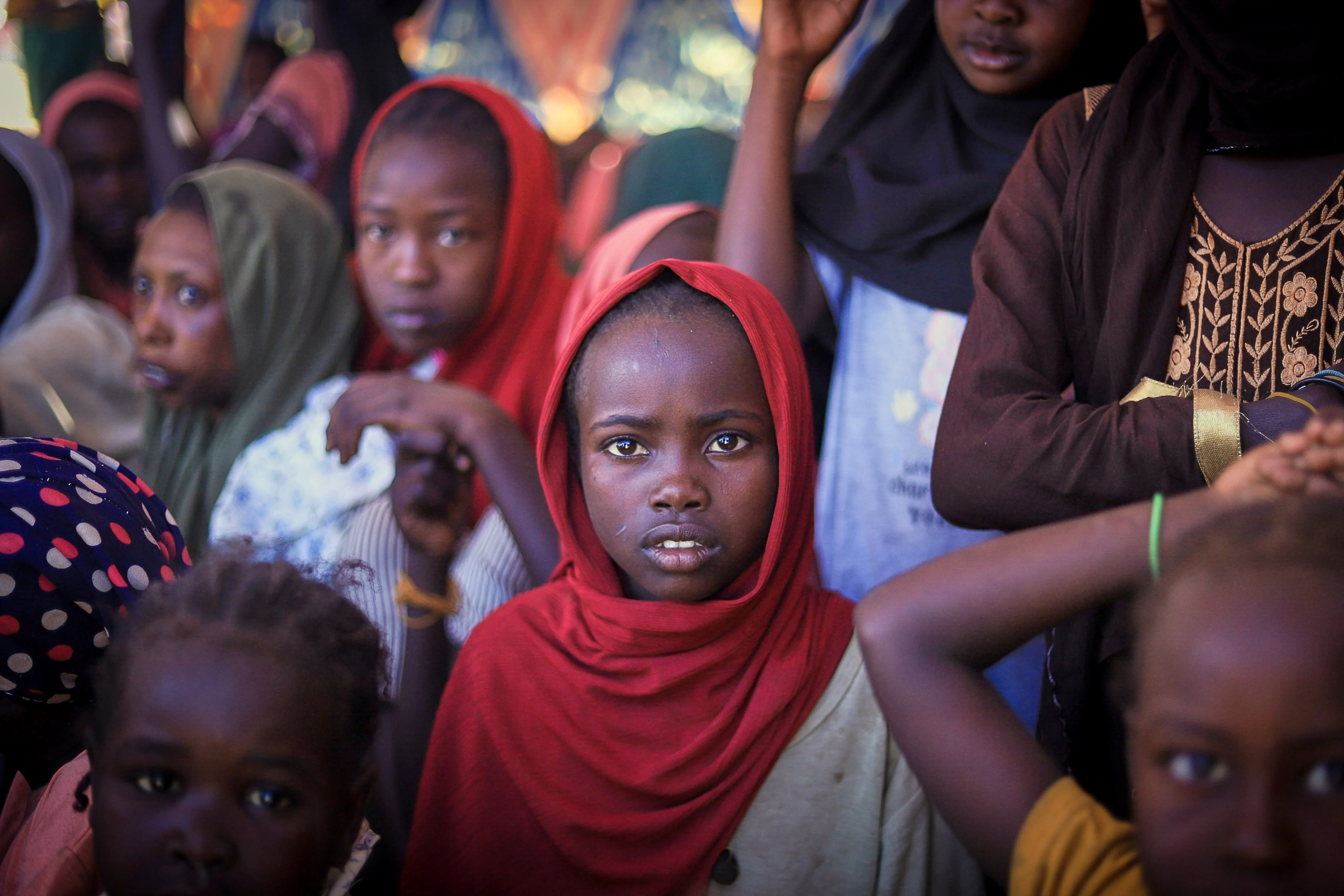Copyright kyivpost

WASHINGTON, DC – The Yale lab responsible for identifying and tracking tens of thousands of Ukrainian children deported to Russia is just weeks away from a total shutdown, and its critical mission is being held hostage by bureaucratic inertia and a lack of political commitment in Washington. The Humanitarian Research Lab (HRL) at the Yale School of Public Health, renowned for its use of open-source intelligence (OSINT) and satellite imagery, has become a decisive intelligence partner in the global effort to hold Russia accountable for war crimes. Yet the lab’s Executive Director Nathaniel Raymond told Kyiv Post on Monday that, despite bipartisan support in Congress and high-profile expressions of interest from the White House in the issue of kidnapped Ukrainian children, the lab’s funding lifeline has been severed – and its closure is imminent. Looming deadline, decisive ally The HRL was thrust into the international spotlight in 2023 after publishing a study that exposed a vast network of Russian facilities – far exceeding initial estimates – used for the re-education, military training, and re-adoption of Ukrainian children. The findings directly contributed to the ICC’s decision to issue arrest warrants for Russian President Vladimir Putin and his Children’s Rights Commissioner, Maria Lvova-Belova. However, the lab’s federal funding, established in 2022, was cut earlier this year amid a wave of Trump administration funding cancellations. While a brief reinstatement allowed the lab to transfer critical data to Europol and Ukrainian authorities, the long-term funding gap has forced the HRL to rely on individual donations – a fact Raymond highlighted with raw urgency. “We run out of money sometime between Christmas Day and New Year’s Eve,” he stated. He explained that while they managed to raise just enough to complete their previous reports, the team is now working on what may be its final piece of research: an effort to count the total number of missing children, categorized by the circumstances of their abduction. “We’re doing our count, and it’s an effort to understand how many children are identifiable through OSINT across four main categories: kids taken from institutions; kids held in camps, either temporarily or for extended stays; kids taken from the battlefield; and kids separated from their parents during infiltrations,” Raymond said. This monumental, final push is operating under an extraordinary threat of expiration. The 35,000-child estimate The new report is critical because the scope of the atrocity may be far greater than the previously reported figure of 19,000 children. The Yale team, known for its rigorous and conservative verification standards (its previous report estimated 115 locations but ultimately verified 210), is now working with a staggering new internal figure. “Our internal estimate is 35,000 – we’re working to verify,” Raymond revealed. “Remember, on the location report, our estimate was 115; we found 210. We’re very conservative.” The lab continues to feed its findings directly to international accountability mechanisms. Raymond confirmed the continuous flow of information: “Everything we get goes to the Ukrainians. We transferred our data to Europol, and we made all our underlying data from the last transfer public so everyone would have it –including the ICC,” he said. Political disconnect and the need for a ‘bridging fund’ The White House’s public interest in the issue, despite the First Lady’s involvement, appeared fundamentally disconnected from the lack of direct support provided to the primary investigative body. When asked about any progress on the withheld funds or communication from the administration, Raymond was blunt: “No, no. They haven’t talked to me.” Raymond acknowledged some movement in Congress, with the National Defense Authorization Act (NDAA) potentially offering a path for restoration. But the timing, he said, is fatal for the lab. “The NDAA, which gives the President the authority to restore funding to us and others, has passed the Senate, and there’s a House version. But at this point, there’s no sign of US government funds,” he emphasized.. He underscored that the bureaucratic clock moves too slowly to save them now. Because of the months-long process required to release government funds – both within the government and at the university level – “we’re going to need bridging money from a donor,” he said. “We’ve been kept alive by individual donors.” Without new philanthropic support, the lab cannot survive past the first week of January. “If they don’t show up again, then we’re not going to be able to survive into 2026,” he warned. When pressed on how much time they need, his response reflected the mission’s desperate state: “Beggars can’t be choosers, but you’re absolutely right—we need more time than we currently have. The more time we have, the better.” Moral call to action Ultimately, Raymond framed the lab’s mission as a reflection of global moral priorities, championing the heroic, unsung effort of his team. He pointed out that while the people of Ukraine, the US, and the world don’t know their names, his staff has dedicated years of their lives to the arduous task of tracking missing and kidnapped children in Russia. Raymond argued that the team’s inability to continue their crucial work “says a lot about us and our priorities.” He concluded with a clear and urgent call to action for the White House, emphasizing that the ask requires no complex political maneuvering, only “basic decency.” The US administration, he insisted, should deliver a simple message to Moscow: “President Putin, register the kids with the Red Cross and the National Information Bureau of Ukraine.” Raymond stressed that this is required under international law, insisting Russia must let the world know who they have. “What are their names, where are they located, and when can they come home?” he demanded. “And the answer should be: now.”



